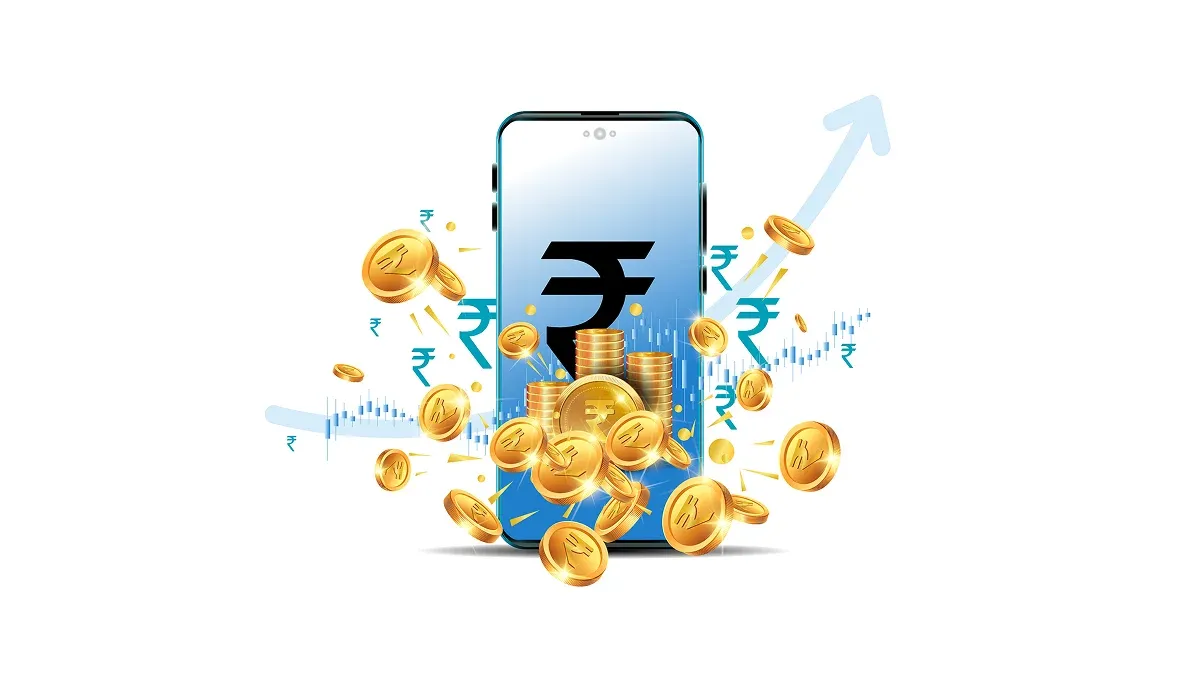Minimum and Maximum Loan Amount I Can Apply For?
Written by Dev Sethia
3 min read | Updated on November 20, 2025, 17:00 IST

Personal loans have emerged as one of the most convenient ways you can meet different financial requirements, with a wedding, home remodeling, medical issues, or simply travel expenses in funds at different payments.
Before applying for a loan, the most important thing to know is the minimum and maximum amount you can borrow.
The amount for which you can or will qualify is dependent on several factors, including income, credit score, existing debt, and lender policy. Here is an in-depth discussion of how lenders base the amounts and what you need to qualify for a loan.
Loan Ranges in India
The amount you are eligible to borrow can vary significantly from lender to lender but with some set standards across the industry.
Minimum loan amount
Most lenders set a minimum loan amount in the region of ₹1 lakh. This is so that the loan is a sufficient amount for a lender to be able to justify the costs of processing and managing the loan amount.
Maximum loan amount
The maximum loan amount is often highly variable, ranging from ₹15 lakh to ₹35 lakh or more, depending on eligibility across lenders. This upper limit amount is typically tied to your monthly gross income, commonly around 10 to 24 times your monthly salary.
For instance, if your monthly income is ₹50,000, you may be eligible for a personal loan anywhere between ₹5 lakh to ₹12 lakh, depending on the lender you apply with and your existing debts.
Things that Impact Your Loan Amount
Lenders review several factors to decide the amount that you qualify for a loan. These factors help the lenders ensure you can comfortably pay each month without impacting your overall finances.
Eligibility Criteria for Personal Loans
To get a personal loan, you must meet certain eligibility requirements that measure your employment and income stability. Some common requirements are:
These conditions help lenders assess your job stability, repayment potential, and overall creditworthiness.
How to Improve Your Loan Eligibility
If a borrower wants to qualify for a higher loan amount, the borrower can take a few steps to strengthen their financial profile:
-
Maintain a good credit score Timely credit card bill payment and EMIs will help establish a good repayment history.
-
Reduce existing debts Paying off smaller loans or credit cards will lower your Debt-to-Income (DTI) ratio.
-
Select for a longer tenure Selecting a longer repayment period lowers your EMIs, which raises FOIR.
-
Provide complete documentation Accurate and up-to-date paperwork makes the approval process smoother.
By following these steps, borrowers can boost their loan eligibility and access better financial opportunities ahead in life.
Conclusion
The minimum amount a borrower will look to lend is generally around ₹1 lakh and the maximum might vary from about ₹15 lakh to ₹35 lakh, depending upon your income, credit score and the lender's internal policy. The maximum loan is typically very close to 10 to 24 months of your monthly salary.
A salaried employee qualifies if they are between 21 and 60 years old, have at least 2 years of work experience, and earn a fixed monthly salary of ₹25,000.
About Author
Dev Sethia
Sub-Editor
a journalism post-graduate from ACJ-Bloomberg with over three years of experience covering financial and business stories. At Upstox, he writes on capital markets and personal finance, with a keen focus on the stock market, companies, and multimedia reporting. When he’s not writing, you’ll find him on the cricket pitch
Read more from Upstox
Upstox is a leading Indian financial services company that offers online trading and investment services in stocks, commodities, currencies, mutual funds, and more. Founded in 2009 and headquartered in Mumbai, Upstox is backed by prominent investors including Ratan Tata, Tiger Global, and Kalaari Capital. It operates under RKSV Securities and is registered with SEBI, NSE, BSE, and other regulatory bodies, ensuring secure and compliant trading experiences.